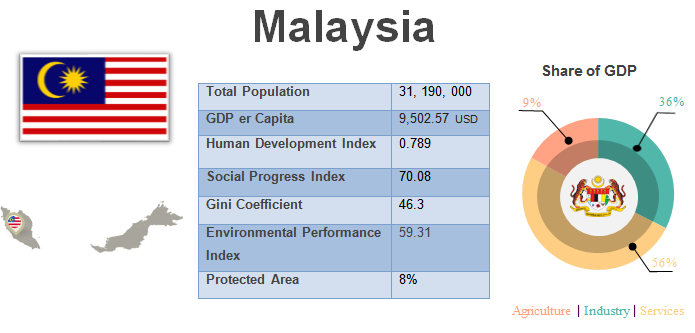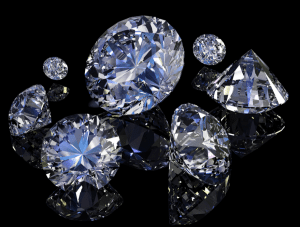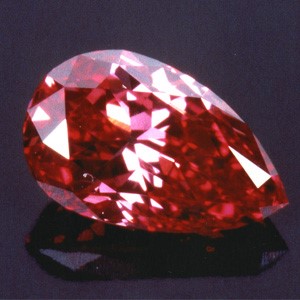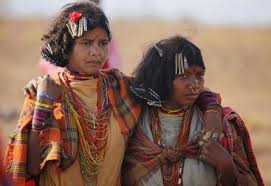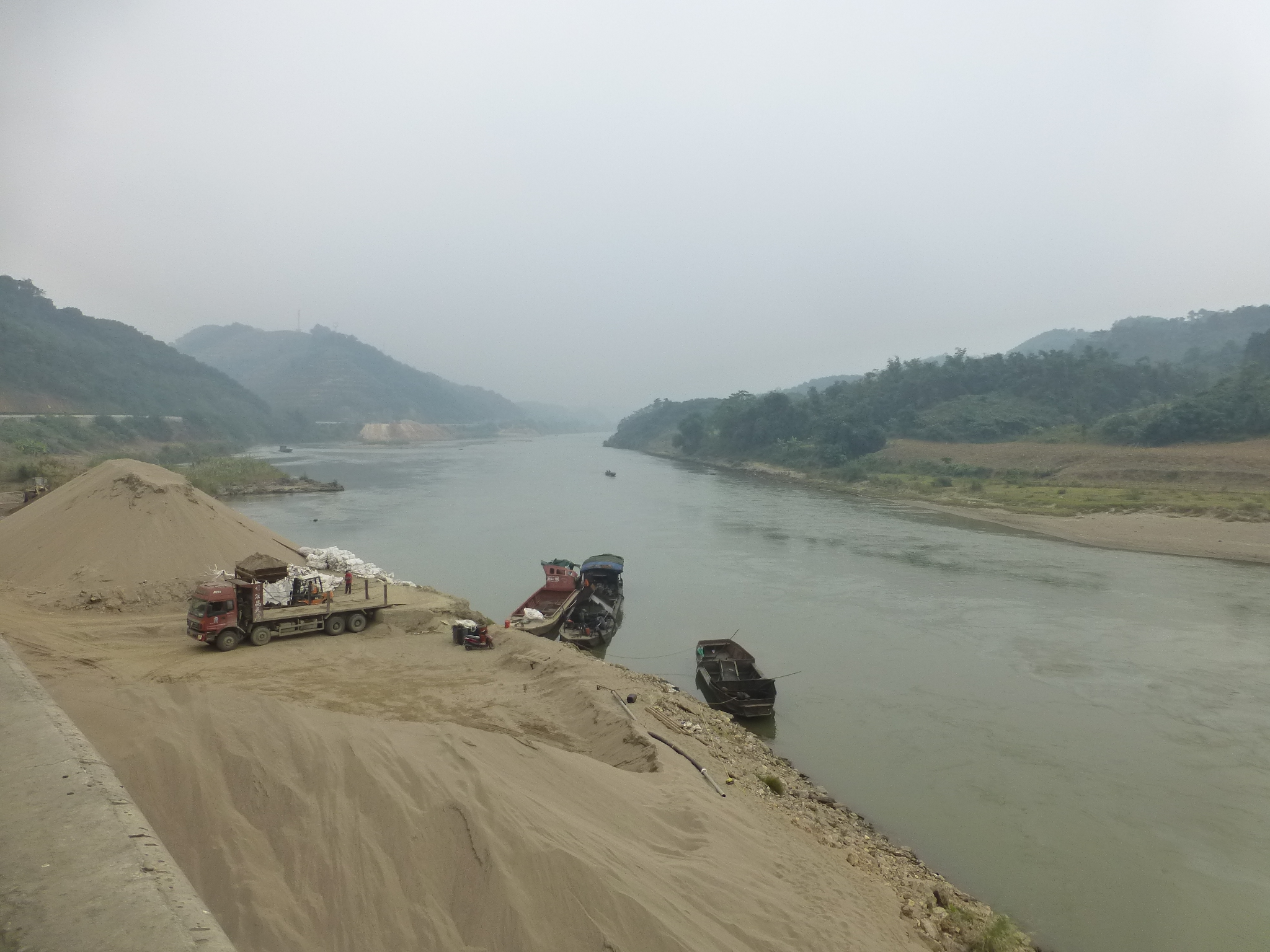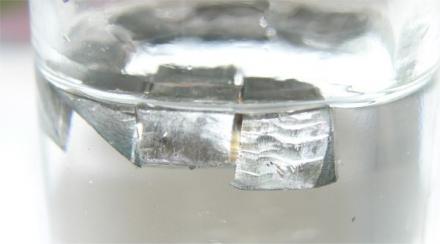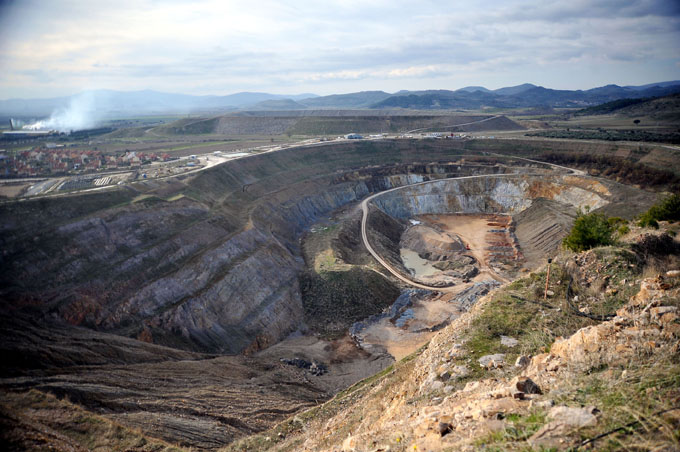Category: Mining
CSR in Malaysia
History of CSR:
- CSR in Malaysia began in the form of small contributions which was traditionally driven by religions and racial motivations.
- Multinational companies and businesses influenced by the west began to make corporate contributions
- The Malaysian government has gradually increased its focus on CSR, creating frameworks for implementation of CSR initiatives for the country’s businesses
- For example, the CSR Silver Book launched by the government-linked company (GLC) transformation programme, which provides firms with scorecards and guidelines to measure CSR ideas and to measure the effectiveness of corporate CSR policies.
CSR in Lao PDR
History of CSR:
- Lao is a party to several treaties in the field of environmental protection, biodiversity and labour standards.
- Lao has signed Agreements on the Promotion and Mutually Protection of Investments, which have due regard to the protection of environment.
About diamonds
- They arecomposed of carbon
- They burn when heated to bright red
- Their weight is measured in carat – 1 carat = 0.2 gram
- Diamonds were first discovered in India by Alexander the Great in 327 BC; then discovered in Brazil and described as “curious pebbles in 1725
The United States are the largest consumer of gem-quality diamonds in the world, but interestingly enough has no commercial mine production; the Crater of Diamonds State park in Arkansas is the only produce where the United States produces gem-quality diamonds.… Read More
The Rarest Diamond
It is estimated that there are only 30 red diamonds in the world, with each being less than half a carat. Its red color is due to an atomic deformity caused by extreme pressure.… Read More
State, Corporation and Tribal Community-Bauxite Mining in Odisha
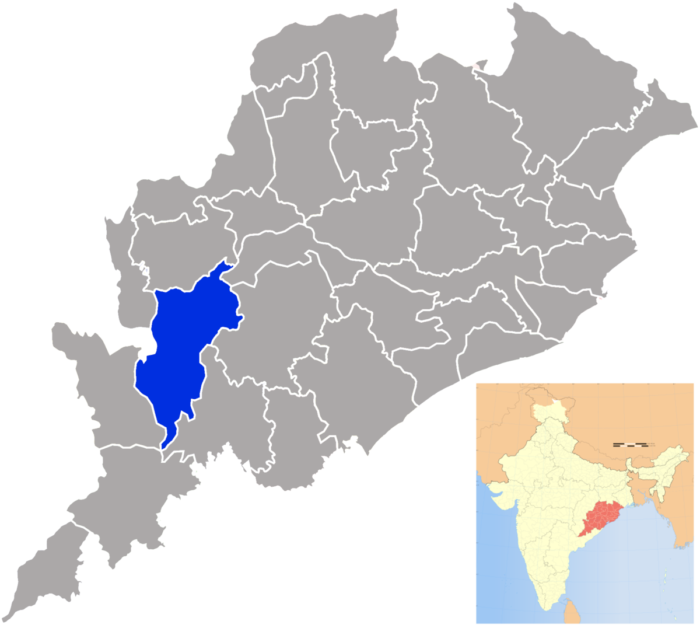
Odisha is one of the poorest states in India where half of the population operates below the national poverty line. In terms of Human Development Index, it ranks 22 among 29 Indian states (1).However, it is striking that it had recorded a stunning GDP growth of 8.74% (higher than India’s GDP 8.49%) in the period between 2004-2009.… Read More
Resource Card : Diamond
Main regions of extraction : Botswana, Russia, Canada, Namibia, Angola, South Africa, Zimbabwe, Australia, Congo (in 2015)

Method of extraction : industrial or traditional
- Pipe mining (primary deposits): open-pit mining, underground mining
- Alluvial mining (secondary deposits)
- Marine mining
Process of recovery :
1- Crushing
2 – Scrubbing
3 – Cyclonic separation plant
4 – Recovery
5 – Cleaned, weighted and packaged
Stakeholders : States, mining firms, luxury goods industry, customers, rebel armed groups, workers…
Key issues :
- Conflict/blood diamond : human right abuses, labor conditions, child labor, violence, civil wars…
- Kimberley Process : ignores some issues (human rights abuse, environment…)
- Environmental costs : land and water devastated
- Illegal mining
- Traceability
Exchange rate : Mineral : Nasdaq OTC Bull : 0.0228 USD (+3.64%)
Other key words :
4 C’s : cut, clarity, color, carat weight
Synthetic diamonds
Ethical diamonds
A Heist by the Riverside: Proliferation of Sand Mining and Potential Reforms
1
A cursory glance of existent literature gauging the frequency and impact of environmental disasters on riverine settlements reveals worrying trends. These localities –transcending national divides – have become increasingly prone to crippling flash floods, accelerated soil erosion and dwindling groundwater levels.… Read More
Finland, the new lithium powerhouse?
Lithium is in high demand all over the world. Now mining for the valuable metal is about to start in Finland.
There are only very few places where lithium is enriched to levels that allow for commercially viable production.… Read More
Controversial Gold Mine in Bergama, Turkey
Goldmine in Bergama is a source of political controversy for long-time but different reasons. Problems began with environmental concerns and followed by “being national” and finally with the financing of terrorism.… Read More
